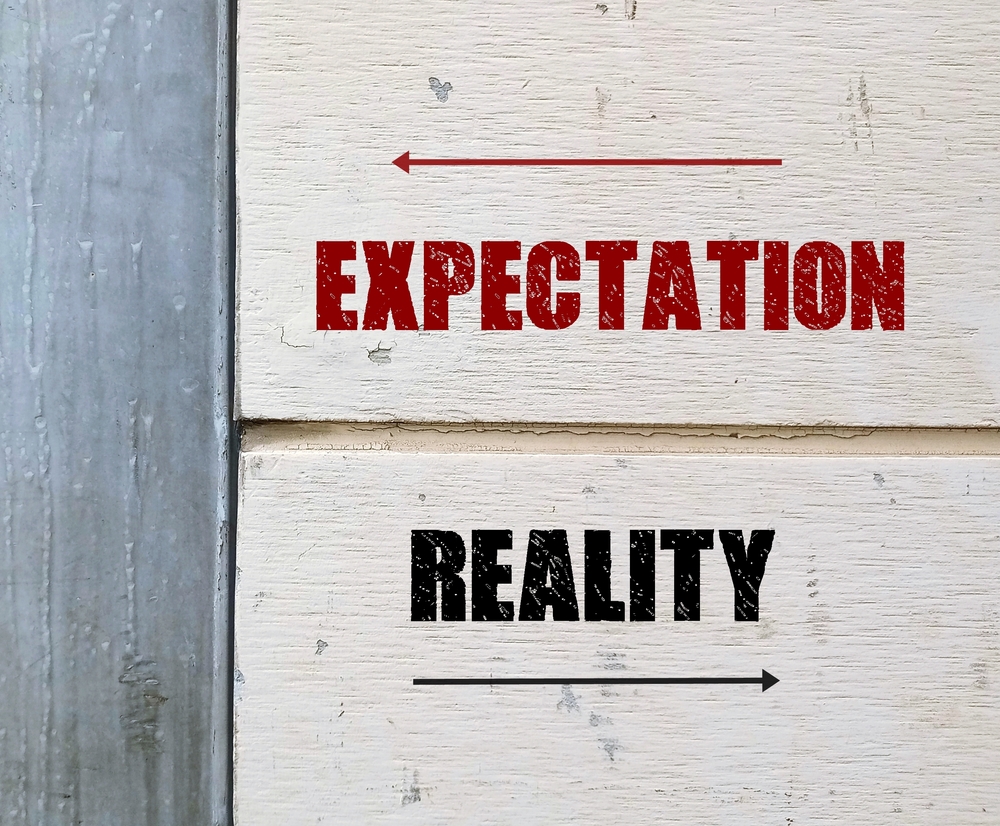
Many see virtual power plants (VPPs) as the best way to organize distributed energy. But are they? In our latest Energy Changemakers Podcast, we explore a contrarian view.
I interview three people who think deeply about the electric grid from a scientific, economic and sociological perspective: Kay Aikin, CEO of Dynamic Grid; well-known energy market design expert Lorenzo Kristov; and Mark Paterson, principal with Energy Catalyst.
These electric grid experts don’t propose eliminating virtual power plants; VPPs have their role. However, they envision a new, more efficient way to manage distributed energy that aligns with the grid’s physics and channels more energy wealth to consumers.
Aikin says if the future is “a fully democratized, local, decentralized system, virtual power plants actually take us in the wrong direction.” In essence, VPP create a middleman between the consumer and the grid, while she envisions a more direct route. Establishing this route would require regulatory change.
Listen to “Are We Expecting Too Much from Virtual Power Plants?” on Apple Podcasts.
This discussion is an eye-opener. The speakers look squarely at what it will take to transform one of the world’s most complex systems, a task made harder by the fact that grid operators must build the plane while flying it — keep delivering reliable electricity as consumers quickly add millions of electric vehicles, solar panels, batteries and other distributed energy devices at the grid edge.
“We don’t have the luxury to just look busy and hope that this kind of gets us there,” Paterson says.
What are virtual power plants? The US Department of Energy defines them as aggregations of distributed energy resources such as smart appliances, rooftop solar with batteries, EVs, and chargers, and commercial and industrial loads that can balance electricity demand and supply and provide grid services like a traditional power plant.” They are sometimes confused with microgrids but are, in fact, distinct.
The discussion is also both practical and inspiring for those who support local energy. The speakers explain pricing mechanisms that can cut costs and reimburse prosumers fairly. They offer a vision for energy democracy, where the bulk power system is the backbone of a decentralized grid. And they describe programs in Australia, Colorado and Maine that are paving the way.
“One of the things that has become apparent to me over the last ten years is that the growth of distributed resources is now an unstoppable force,” Kristov says. “They keep improving their performance while declining in costs. So they become attractive and cost-effective. And at the same time, grid power is becoming more expensive, and not necessarily increasing in its ability to deliver any more reliably or resiliently than it has in the past.”
Subscribe to the free Energy Changemakers Newsletters to be notified when we post new podcasts.
